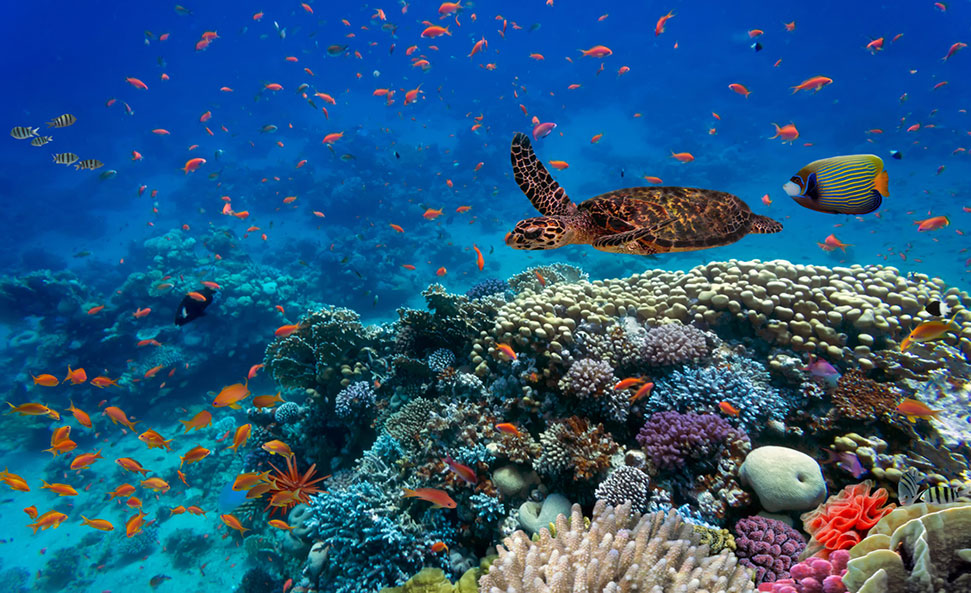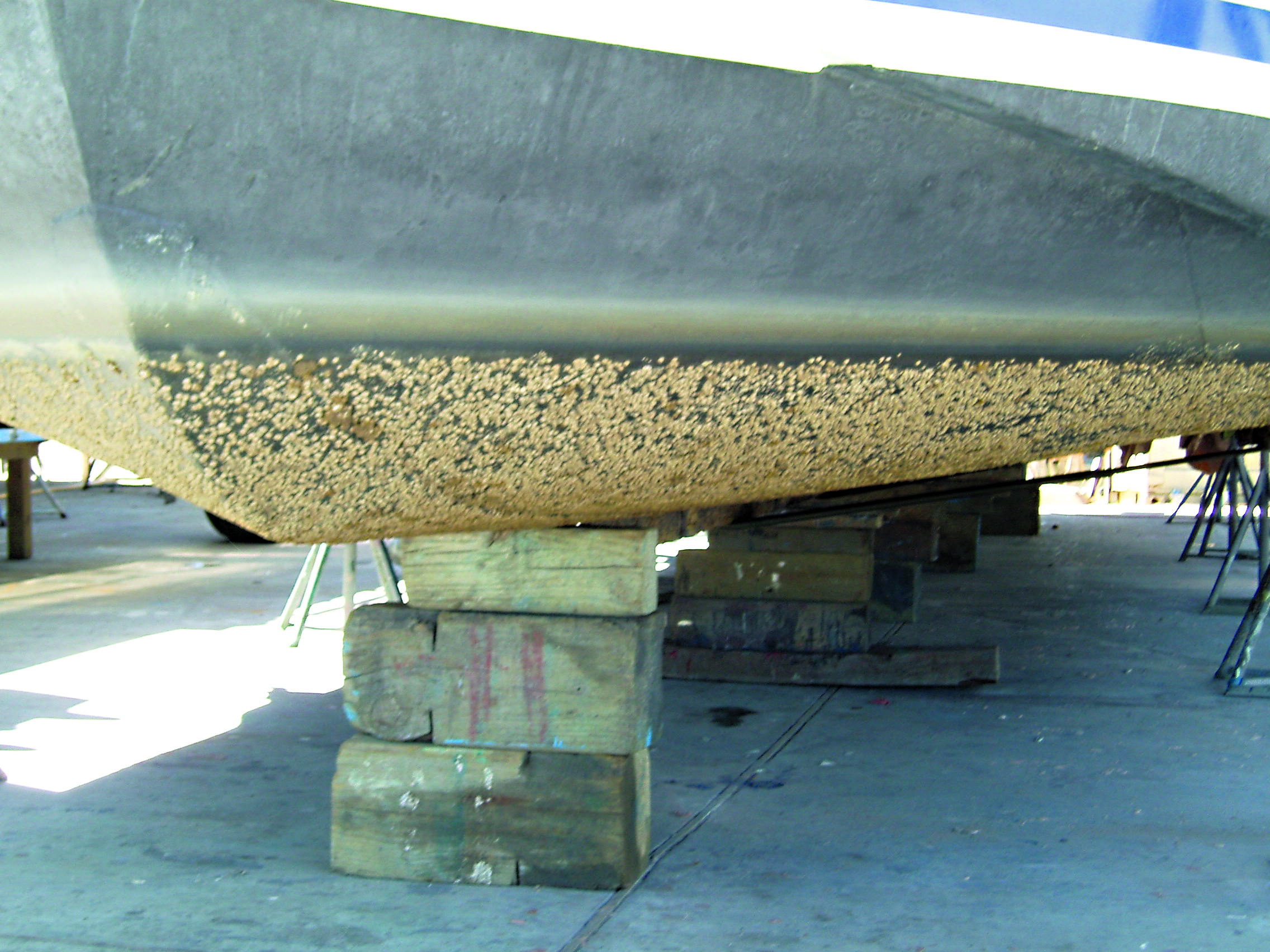The earth, the air, the land, and the water are not an inheritance from our forefathers but on loan from our children. So we have to handover to them at least as it was handed over to us, said Mahatma Gandhi.
Lewis & Clark Law School’s Animal Law Clinic initiated World Aquatic Animal Day in 2020 to raise awareness of the significance of aquatic animals to our communities and ecosystems. Human interactions with animals, whether directly or indirectly through habitat destruction, frequently put commonly used aquatic animals in danger around the globe.
In that sense, we would like to embrace awareness of marine fauna and biodiversity from the viewpoint of maritime shipping.
IMO’s Global Action For Protection
An essential part of international attempts to safeguard biodiversity in and around the world’s oceans is carried out by the International Maritime Organization.
Fighting invasive species, which are acknowledged as one of the biggest threats to biodiversity, is an essential aspect of this effort. The prevention of aquatic organisms being transported by the shipping is made possible by IMO conventions and rules on the control of ships’ ballast water, biofouling, and anti-fouling systems.
With the goal to lessen marine pollution and mitigate effects on biodiversity, IMO treaties are essential in limiting the dumping of refuse into the ocean except for very limited circumstances, disposing of waste in the water is prohibited by the London Convention and London Protocol. Furthermore, they forbid the disposal of industrial and radioactive refuse.
Particularly Sensitive Sea Areas (PSSAs) are given extra protection under the IMO regulatory framework, and special precautions are taken to protect their delicate ecosystems, such as ship routing. 15 places have been identified as PSSAs as of the present time, including the Galapagos Islands and the Great Barrier Reef.
Ballast Water Management
Ballast refers to the additional weight added to a ship when it unloads its cargo; without it, the ship would continue to float like a cork and become unstable. Ballast tanks are an essential component of ship design, with the number and size changing depending on the type and construction of the vessel. Ships can have a variety of ballast capabilities and capacities, but in general, ballast corresponds to 25% to 30% of the ship’s dead weight tonnage (which includes cargo, fuel, staff, passengers, food, water etc.)
Loading and unloading untreated ballast water can pose serious risks to the environment, public health, and the economy since ships serve as a conduit for the transmission and spread of threatening invasive aquatic species from one area of the world’s oceans to another.
Sediment and microscopic organisms are shifted into ballast tanks when ballast water is pumped into a ship. Bacteria, microbes, small invertebrates, eggs, cysts, and larvae of different species are among these organisms. Many of these organisms are capable of remaining for extended amounts of time in hostile environments, especially in a ship’s ballast tanks. The organisms are released into the nearby marine ecosystem when the ballast water evaporates. Without natural predators and under the proper circumstances, these foreign species can not only survive but also flourish becoming invasive, threatening, and even eradicating resident populations.
The International Maritime Organization (IMO) approved a treaty in 2004 that sought to combat the propagation of potentially harmful aquatic organisms and pathogens in ship ballast water.
Ships must manage their ballast water in accordance with the Ballast Water Management Convention (BWM Convention) so that aquatic organisms and pathogens are removed or made harmless before the ballast water is released into a new location. It aids in the prevention of the spread of invasive species and possibly harmful pathogens.
Ballast water treatment system (BWTS) is used as an instrument that removes and destroys/inactivates biological entities such as zooplankton, algae, and bacteria from ballast water. Even though the method used is successful in addressing the issue of invasive species, questions have been stated about the likelihood that disinfection by-products (DBPs) are being released as a result of the chemical treatment.
According to studies, there are several issues regarding the release of DBPs. Researchers have discovered the release of harmful chemicals due to chemical treatment has become the most popular on-dock technology.
Concerning potential toxicities for aquatic species consist of acute toxicity, cell cytotoxicity, genotoxicity, and carcinogenicity. The transfer of food webs could additionally have harmful consequences on mammals. However, there has not been enough research on the accumulation of DBPs in the vicinity of receiving ports.
Biofouling and Anti-Fouling Systems
Biofouling leads to increased fuel consumption due to negative environmental effects and is expected to raise carbon dioxide and sulfur dioxide emissions. Aquatic life also gets impacted by biofouling, raising production and management expenses while decreasing product value. An anti-fouling system includes coating, paint, surface treatment, or a device used on a ship to regulate or avoid unwanted organisms from attaching.
The rule applies regardless of the size or function of the ship (or recreational craft). The term “use” alludes to the application, modification, or replacement of the anti-fouling system. As proof of compliance with the agreement, ships must carry an International Anti-Fouling System (IAFS) Certificate.
Some of the approaches are no longer valid. For instance, organotin compounds that function as biocides in ship anti-fouling systems are completely prohibited as of January 1, 2008.
Hydroblasting is also used to remove biofouling and deteriorated antifouling paints from ship hulls. Effluents from that method feature paint particles, metals, and additional biocides, which can be toxic and unsafe to organisms.
Some recent studies analyzed the concentrations of metals in the effluents gathered during the dry-dock cleaning of ship hulls using hydroblasting to further comprehend the possible risks of effluent discharge on marine environments. The study found that the concentrations of copper and zinc are high enough to harm marine organisms.
Based on model expectations, a hull-cleaning site’s effluent discharge from hydroblasting could cause threats to the surrounding marine environment. Since these effluents inherently pose potential hazards to the environment, their discharge should be managed and regulated in accordance with site-specific risk assessments.
2023 New Oceans Treaty To Protect Marine Biodiversity
The International Maritime Organization (IMO) has hailed the historic agreement on a new ocean treaty designed to protect marine biodiversity on the high seas.
The new legally binding international instrument on the conservation and sustainable use of marine biological diversity in areas beyond national jurisdiction, known as the ‘BBNJ,’ was agreed on March 4th 2023, following the conclusion of the fifth round of treaty negotiations at the United Nations headquarters in New York, United States.
Secretary-General of IMO, Kitack Lam stated that ‘Following almost two decades of discussions and negotiations, I am pleased to see the conclusion of the new legally binding instrument on marine biodiversity in areas beyond national jurisdiction, which was finalized in New York on Saturday 4 March. This landmark achievement will no doubt reinforce efforts to protect biodiversity in line with the aims of the 2030 Agenda for Sustainable Development and the Kunming-Montreal Global Framework for Biodiversity. IMO has participated throughout the negotiations given the organisation’s mandate and expertise and will continue to participate in the implementation of the new instrument. IMO looks forward to further strengthening our cooperation with Member States, the UN family and all other stakeholders.











